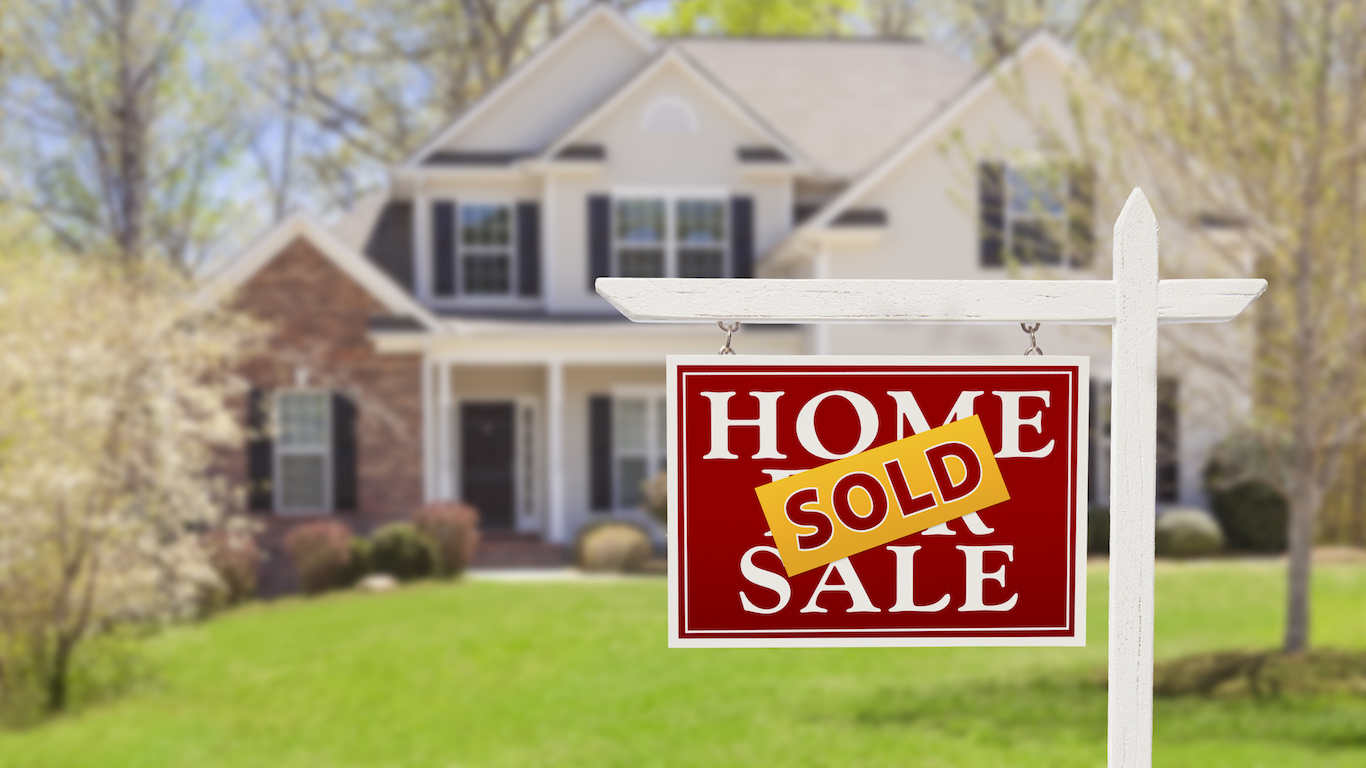
The S&P CoreLogic Case-Shiller national home price index rose 5.8% year over year in August to a non-seasonally adjusted (NSA) index of 205.81. That’s 0.2 percentage points higher than the month-over-month increase posted in July.
August marks the first time in 12 months that home prices have not increased by at least 6% year over year in a month. The national index hit a 20-month low August.
In all U.S. cities included in the 20-city home price index, August house prices were flat year over year, and 16 of 20 also posted NSA month-over-month increases. Las Vegas (up 13.9%), San Francisco (up 10.6%) and Seattle (up 9.6%) posted the largest year-over-year gains. Las Vegas (up 1.2%) posted the largest month-over-month increase. Seattle (down 1.6%), San Diego (down 0.5%), San Francisco (down 0.3%) and Portland (down 0.1%) were the four cities that saw month-over-month decreases.
The S&P CoreLogic Case-Shiller NSA home price indexes for August increased by 5.5% year over year for the 20-city composite index and by 5.1% for the 10-city composite index. Economists had estimated an NSA year-over-year gain in the 20-city index of 6%.
The Case-Shiller index tracks prices on a three-month rolling average. August represents the three-month average of June, July and August prices.
Average home prices for August remain comparable to their levels in the winter of 2007.
The chair of the S&P index committee, David M. Blitzer, said:
Following reports that home sales are flat to down, price gains are beginning to moderate. Comparing prices to their levels a year earlier, 14 of the 20 cities, the National Index plus the 10-city and 20-city Composite Indices all show slower price growth. The seasonally adjusted monthly data show that 10 cities experienced declining prices. Other housing data tell a similar story: prices and sales of new single-family homes are weakening, housing starts are mixed and residential fixed investment is down in the last three quarters. Rising prices may be pricing some potential home buyers out of the market, especially when combined with mortgage rates approaching 5% for 30-year fixed rate loans.
There are no signs that the current weakness will become a repeat of the crisis, however. In 2006, when home prices peaked and then tumbled, mortgage default rates bottomed out and started a three-year surge. Today, the mortgage default rates reported by the S&P/Experian Consumer Credit Default Indices are stable. Without a collapse in housing finance like the one seen 12 years ago, a crash in home prices is unlikely.
Compared to their peak in the summer of 2006, home prices are now 0.4% higher on the 10-city index. On the 20-city index, home prices are now 3.5% higher. Since the low of March 2012, home prices are up 55.1% and 59.4% on the 10-city and 20-city indexes, respectively. On the national index, home prices are now 11.5% above the July 2006 peak and 53.6% higher than their low-point in February 2012.
Thank you for reading! Have some feedback for us?
Contact the 24/7 Wall St. editorial team.